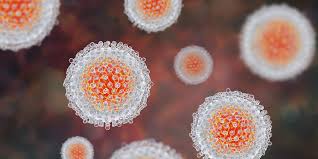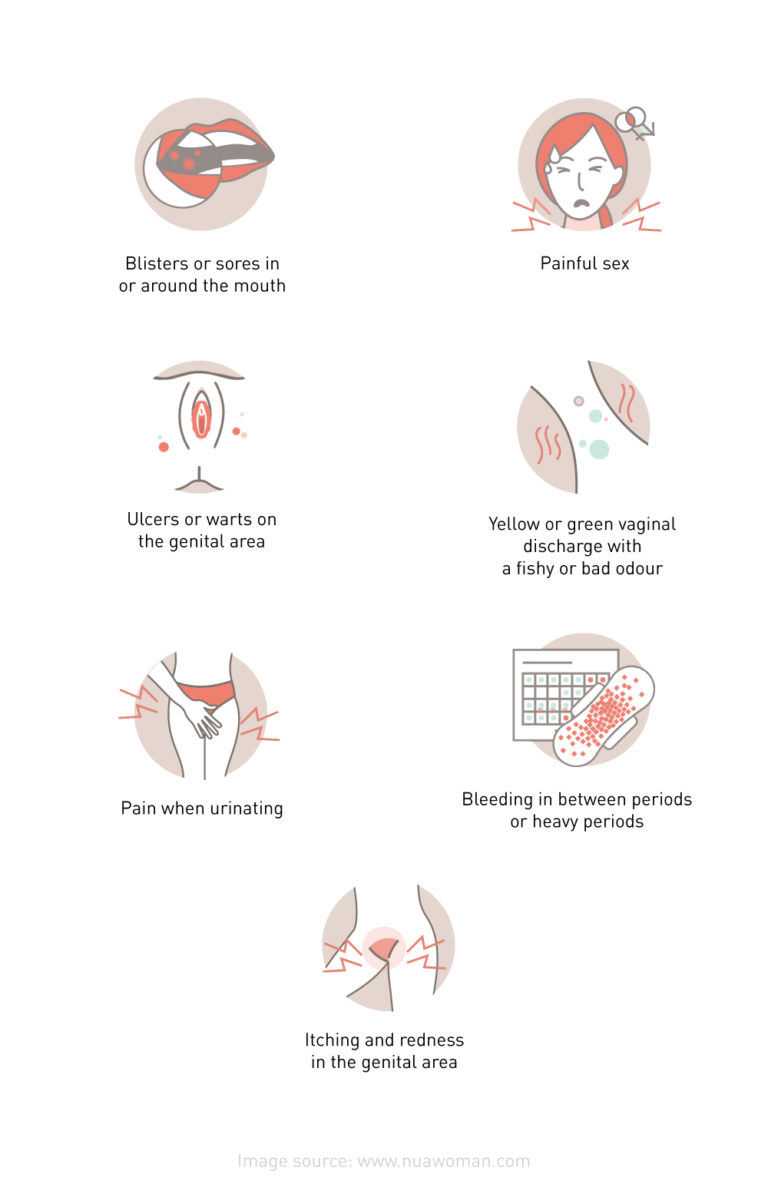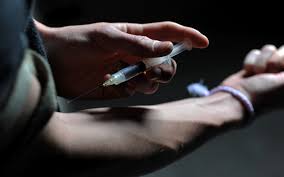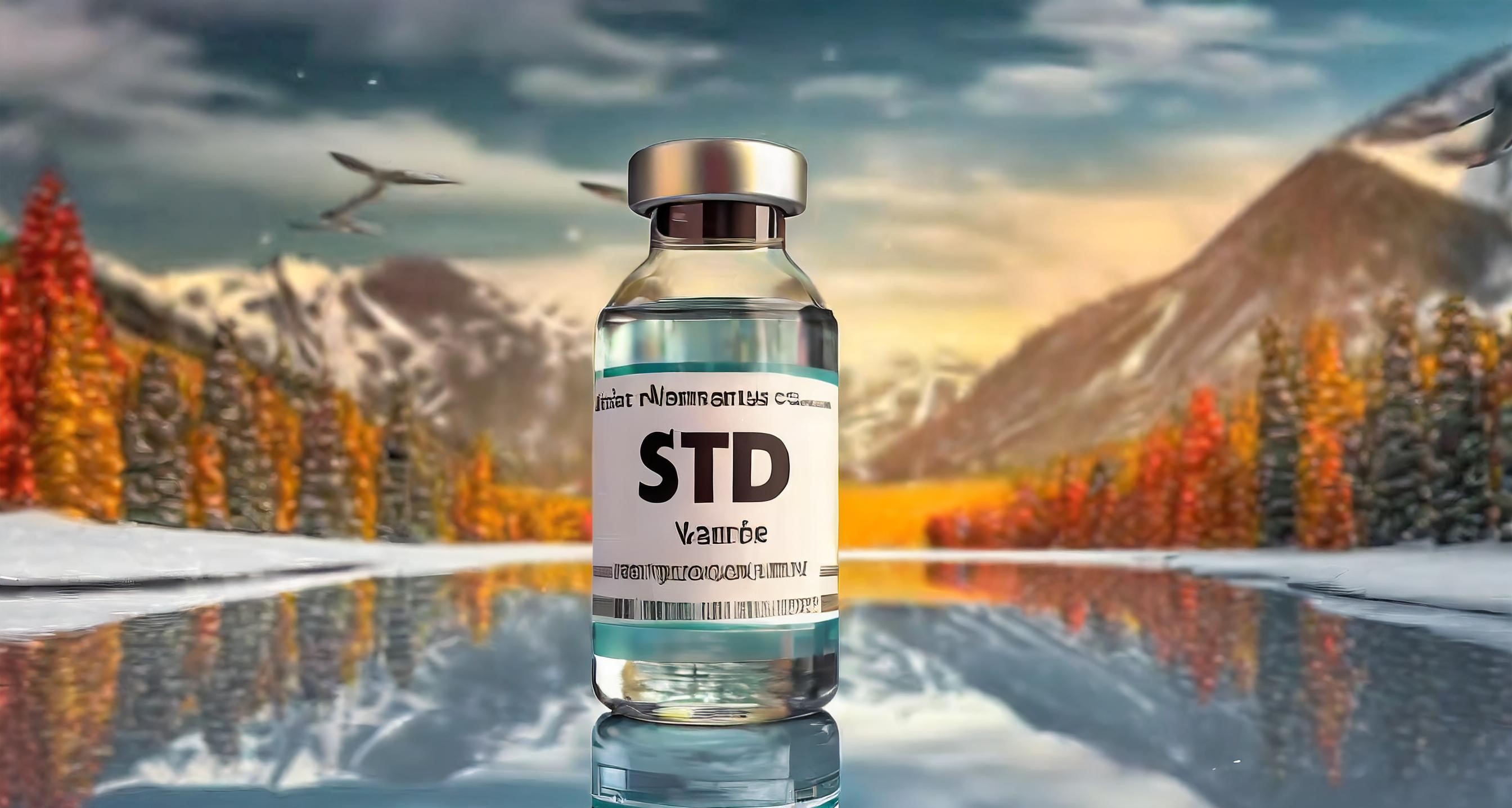STDs are also called STIs or Sexually transmitted Infections or Sexually transmitted Diseases. Many people across the globe both men and women face this problem. But no one generally openly talks about this so, in this blog let’s understand everything about STDs.It can be defined as the infection or disease that is transferred from one person to another person after having sexual contact. The contact can be vaginal, anal, and oral. Having sexual contact with multiple people may also cause STDs.Having sex with a person who has STDs is the main reason for the transmission of STDs. Usually, STDs are caused by bacteria, viruses, parasites, protozoa, etc. Breastfeeding can also transmit STDs from mother to child.

Common signs & symptoms of STDs are as follows:
While not all people with STDs experience the symptoms few STDs may be asymptomatic, here are a few mostly seen symptoms of STDs.
Blisters/Bumps: Blisters or bumps are formed around the genitals of males and females.
Unusual growths are seen on the vaginal opening, vulva, and anal opening in people having STDs.
Unusual discharge from the vagina or penis such as foul, greenish, or yellowish discharge. It also may be curdy white.
Painful urination or frequent urination is also one of the common signs of STDs.
Anal itching and burning is seen frequently in people with STDs.
Redness or swelling near the genital area.
Painful: People with STDs may experience pain in their private parts while having sex.
Skin rash, weight loss, diarrhea, fever, and jaundice are also symptoms of STDs.
Pelvic pain: Women with STDs may experience chronic pelvic pain, and serious lower abdominal pain resulting in blockage of the fallopian tube leading to infertility. If pregnant it may lead to miscarriages, premature labor, and the mother’s STD to the baby.
Few people might see the symptoms after one month or so.

Types of STDs:
Here are a few mostly seen sexually transmitted diseases:
HIV:
HIV which stands for human immunodeficiency Virus is the first and foremost thing one gets in mind while thinking about STD, it generally weakens the immune system of the person by weakening its ability to fight the diseases. It usually occurs in people who are having unprotected sex with multiple people, sharing needles used by anyone else, or from mother to child by breastfeeding.HIV can lead to AIDS if left untreated.
Gonorrhea:
Gonorrhea is also one of the most severe STIs worldwide. Its symptoms include painful urination and dirty greenish or yellowish vaginal discharge. Few people may not experience any symptoms. Gonorrhea if left untreated may lead to serious health complications such as infertility and a high risk of transmission of HIV.
Chlamydia:
It is seen both in men and women. It may be due to unprotected sex either anal, oral, or vaginal. The symptoms may include genital itching, abnormal vaginal discharge, and burning urination in both males and females.
These are the most seen STDs or STIs all over the world. There are many different STDs other than these such as genital herpes, HPV, Syphilis, etc.
RISK FACTORS
1)Having one STD may increase the risk of getting another one.
2)Reduced immunity may increase the risk of getting an STD as the cells in our body become weak and lose the ability to fight against infections.
3)Hugging someone or sharing their clothes may transmit the disease.
4)Sharing infected needles also leads to STDs.

5)Sharing eating plates, glasses, and utensils does not transmit STD.
6)Sharing Toilet also does not transmit STDs.
7)If you are diagnosed with STDs then you have a high risk of having pelvic pain, pregnancy complications, eye infections, arthritis, and a few types of cancers including cervical, anal, and prostate.
PREVENTION & TREATMENT
➤STDs are treated by a series of medications based on the type and severity of your infection such as antibiotics, antiviral medicines, pain relievers for inflammation, etc.
➤STDs can be prevented by vaccination such as HPV, Hepatitis A, and B. Usually, vaccinations are given at the age of 9-26 years of age or else after 45 years.
➤Using safety measures such as condoms anyway, condoms can not give 100% protection but can be used for partial protection.
➤Stay away from smoking and drinking which acts as a catalyst for sexually transmitted diseases.
➤Never self-diagnose and do not use self-medication that may disrupt your overall health and increase the infection caused by STDs.
➤Do not use creams or ointments near private parts which are meant to be used with a doctor's prescription.
➤Wash your hands before and after sexual activity. Urination after sex is also preferable in preventing STDs.
Visit the doctor when you experience any of the above symptoms and the doctor will help you with tests such as urine tests, blood tests, ultrasounds in a few cases, and a fluid sample test from skin sores, etc. These are a few sample tests and chronic diseases will be diagnosed after an in-depth study by your doctor. Follow the treatment procedure as instructed by your doctor and hope for a speedy recovery. So ensure you use protection while doing any sexual activity to keep yourself far from STDs.
Book your appointment with three simple steps and plan your consultation at the time that suits you best with our top-rated doctors.
